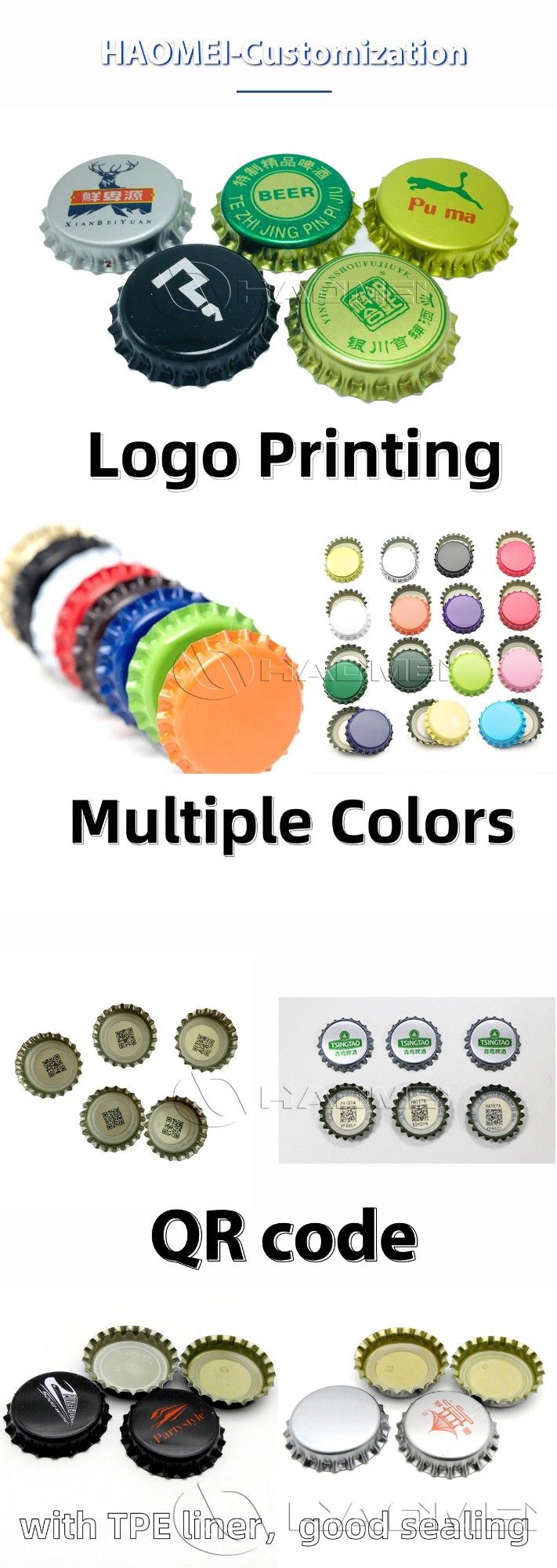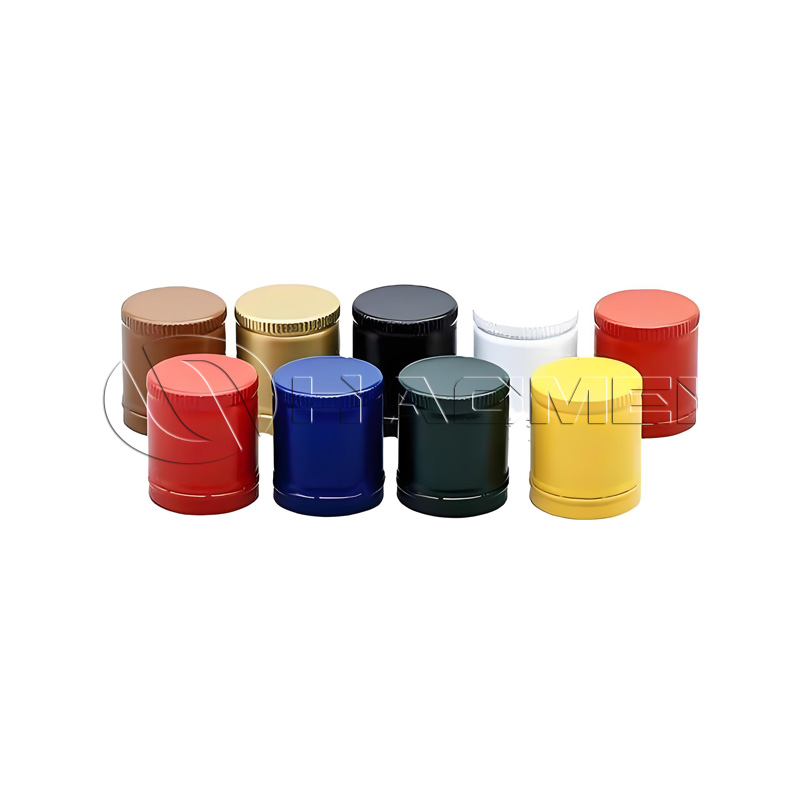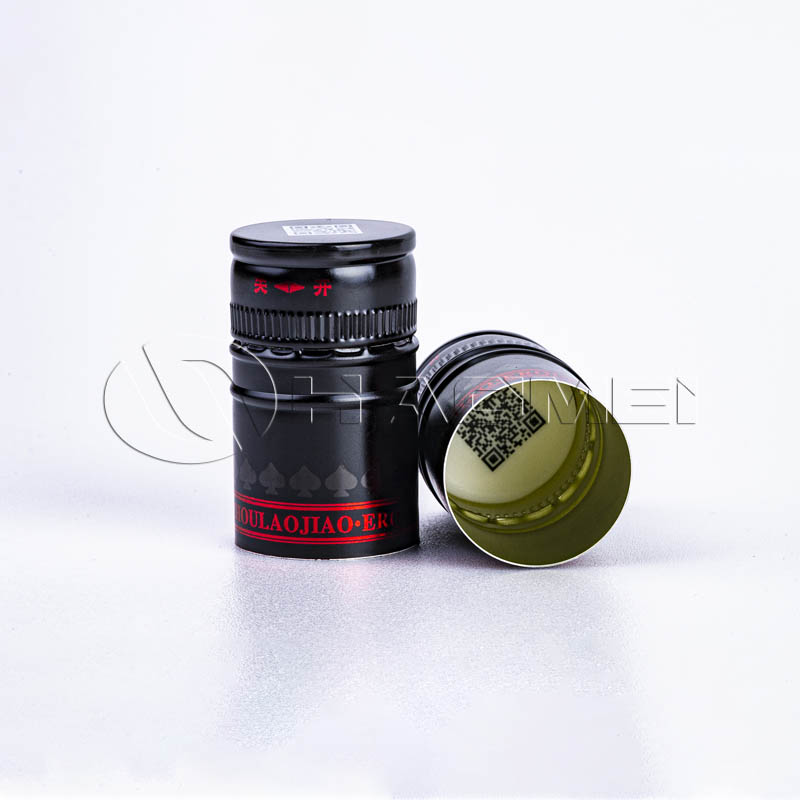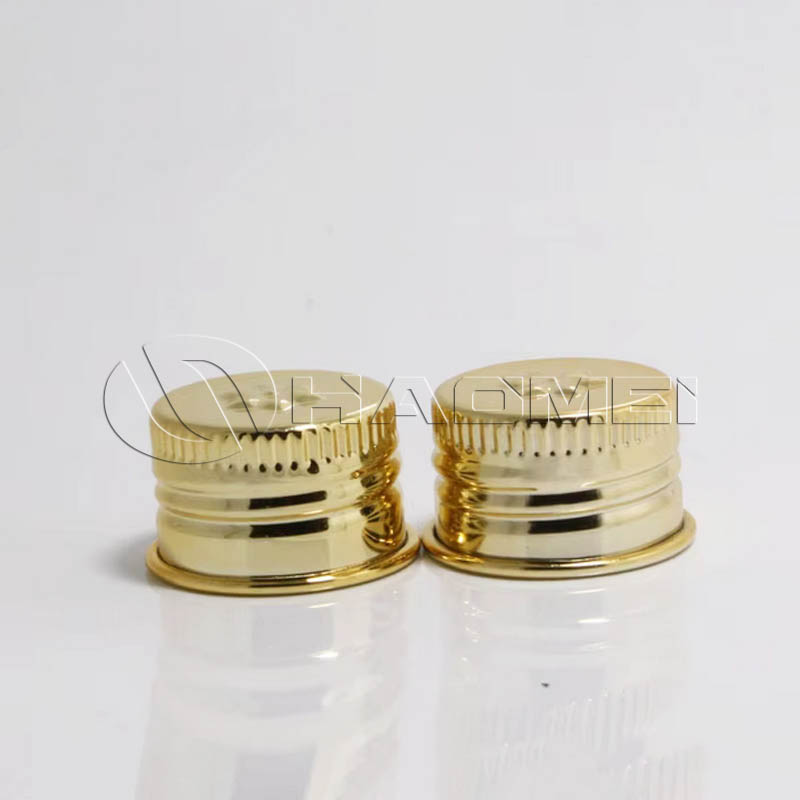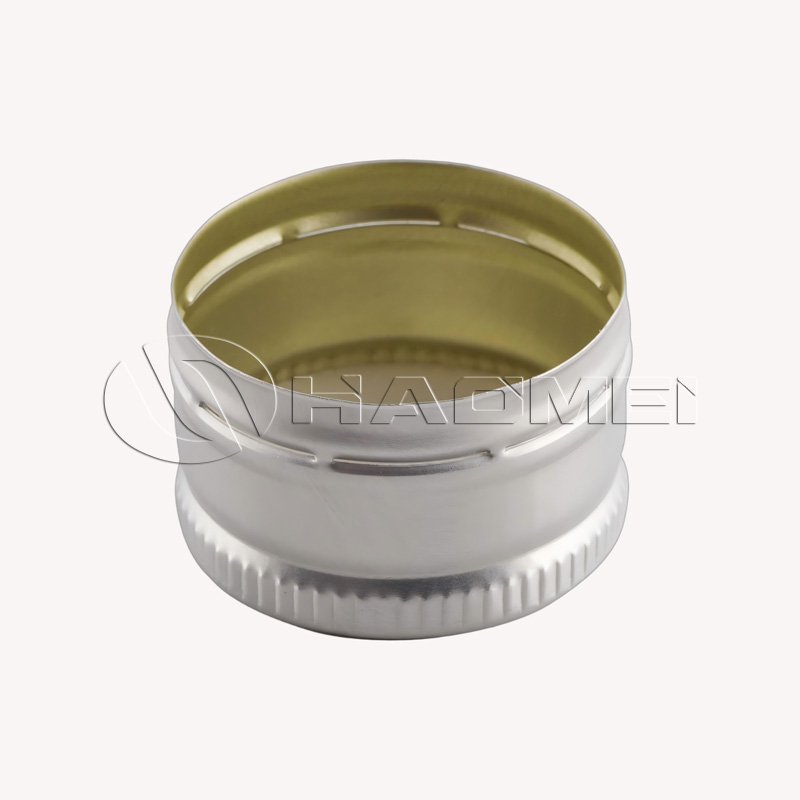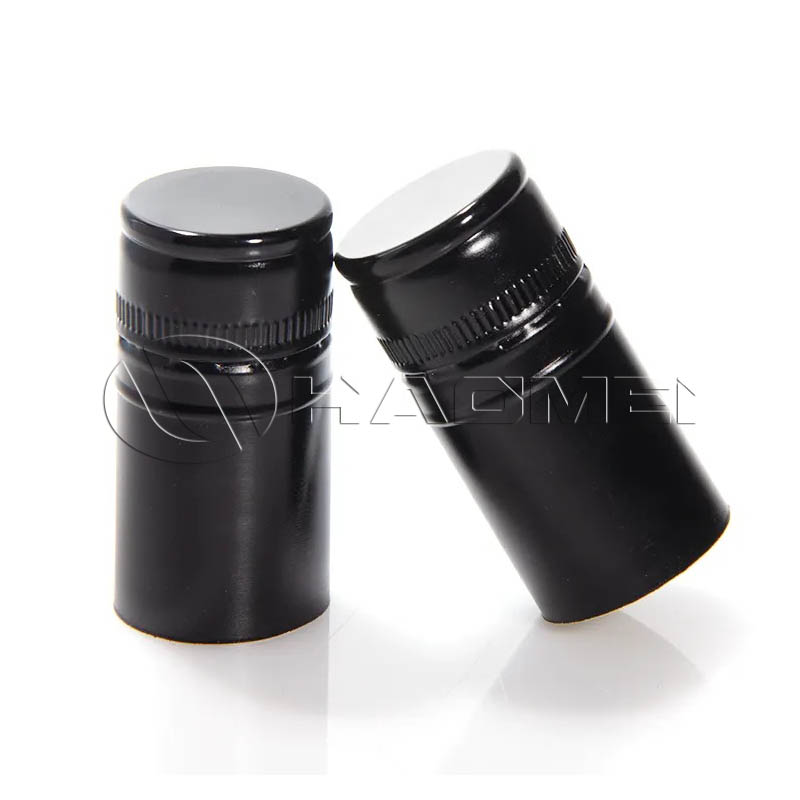What is a "QR Code Anti-Counterfeit Crown Cap"?
The crown cap is the most common closure for glass-bottled beer, with a history of over 120 years. Thanks to its excellent airtightness and low cost, it is widely used in beer and carbonated beverage packaging.
However, traditional crown caps only provide physical sealing and limited tamper evidence, making it difficult to stop counterfeit products from entering the market. This can harm brand reputation and infringe on consumer rights.
To address this, in recent years some beer producers have integrated QR code anti-counterfeiting technology onto crown caps, achieving “one bottle, one code” management.
QR Code Anti-Counterfeiting Design
Crown caps typically use a dual-code design:
External Code: Located on the outside of the cap for logistics tracking.
Internal Code: Hidden inside the cap (e.g., under the liner or on the inner top surface), only scannable after opening, dedicated to consumer authentication and marketing campaigns.
These two codes are generated independently but linked in the backend database, creating a unique identity for each product (one item, one code).
Production Process for QR Code Crown Caps
Printing QR codes on crown caps requires precise production processes, usually involving these steps:
1. Cap Substrate Preparation
Crown caps are typically made of aluminum alloy or tinplate. Before printing, they undergo cleaning and surface treatment to ensure flatness and optimal ink adhesion.
2. QR Code Printing Techniques
UV Inkjet Printing:
The mainstream method today, using inkjet technology to directly print QR code information with UV-curable inks onto the cap's inner or outer surface. UV inks cure quickly, offer strong adhesion, and excellent abrasion resistance.
Laser Etching:
Laser technology directly engraves the QR code onto the cap surface. This offers high precision and permanence but is relatively more costly.
Special Inks:
Some manufacturers use anti-counterfeit inks that change color under light, heat, or UV, adding complexity to counterfeiting efforts.
3. Quality Inspection
During production, machine vision systems scan and verify each QR code to ensure clarity and accuracy. Defective caps are automatically rejected.
4. Data Binding and Storage
Each generated QR code is bound to the corresponding product information on the production line and uploaded in real time to an anti-counterfeiting traceability database.
Product Specifications
| Product Name | QR Code Crown Cap |
| Size | 26 mm 29mm |
| Material | Aluminum 8011 |
| Liner | PVC-free |
| Ridges | 21 |
| Inner Diameter | 26.75 ± 0.15 mm |
| Outer Diameter | 32.1 ± 0.2 mm |
| Height | 6.0 ± 0.15 mm |
| Feature | Anti-leakage |
| Usage | Bottled beer |
| Origin | Zhengzhou, China |
| Delivery Time | 25-30 days |
| MOQ | 50,000 pcs |
Functions and Value of QR Code Aluminum Bottle Caps
Anti-Counterfeiting Verification:
Consumers can scan the code to verify authenticity, protecting brand reputation and preventing counterfeit products.
Channel Management:
Each bottle has a unique code, making it easy to monitor distribution, prevent unauthorized reselling, and adjust market strategies.
Marketing Gateway:
Scanning can reveal production details, enable participation in prize draws, provide coupons, or link to e-commerce platforms for repeat purchases.
Technical Implementation: Mature Coding and Marking Technologies
QR code anti-counterfeit crown caps mainly rely on these mature technologies:
(1)Digital Inkjet Printing:
Uses high-speed printers to apply QR codes at low cost, ideal for large-scale production.
(2)Laser Engraving:
Etches QR codes into the metal cap for waterproof, wear-resistant, tamper-proof markings, suitable for premium products.
(3)Anti-Counterfeit Inks:
Some manufacturers use UV-visible or invisible inks to increase security complexity.
On production lines, QR code marking can be seamlessly integrated with traditional stamping, liner insertion, and coating/printing processes to achieve efficient, low-cost mass production.
